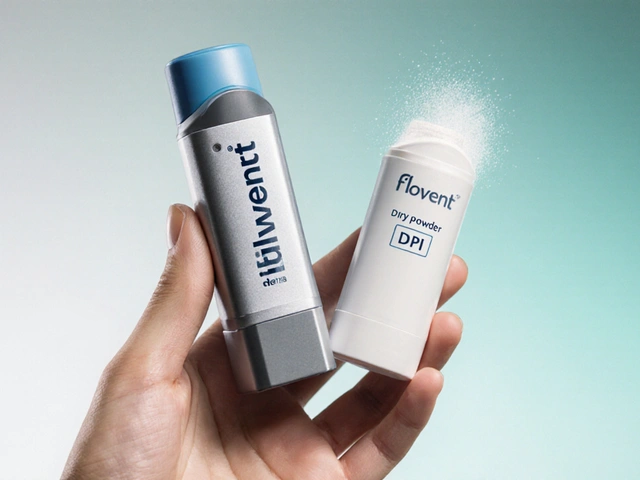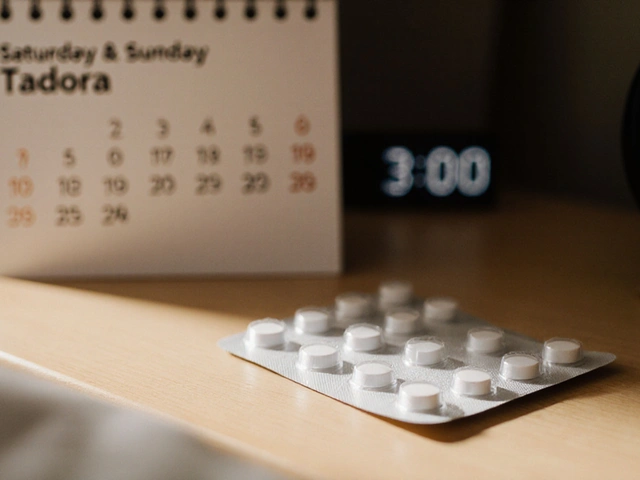Azelaic Acid: What It Does, How to Use It, and What to Watch For
Ever wonder why dermatologists keep talking about azelaic acid? It’s a simple ingredient that can tackle acne, redness, and dark spots without a prescription in many cases. Below you’ll find the basics you need to decide if it’s right for your skin.
Top Benefits and Common Uses
Azelaic acid is a naturally‑derived dicarboxylic acid that fights the bacteria that cause acne. At 10‑15% strength it reduces breakouts, clears clogged pores, and calms inflammation. It also slows down melanin production, so it can fade post‑blemish marks and other forms of hyperpigmentation. People with rosacea love it because it eases facial redness without the burning you get from some prescription creams.
Because it works on several skin issues at once, many users replace a whole routine of separate products with a single azelaic acid formula. It’s gentle enough for most skin types, including sensitive skin, but you still need to start slow to see how your skin reacts.
How to Use Azelaic Acid Safely
Azelaic acid comes in creams, gels, and foams. The most common over‑the‑counter strengths are 10% (for acne) and 15% (for pigmentation). If you’re new to it, begin with a thin layer once a day, preferably in the evening after cleansing and before moisturizer. After a week or two, you can increase to twice daily if your skin tolerates it.
Always do a patch test: apply a tiny amount to the jawline or behind the ear and wait 24 hours. If there’s no redness or itching, you’re likely good to go. When layering, keep the order simple—cleanser, azelaic acid, then moisturizer. Avoid using harsh exfoliants or strong acids (like glycolic or salicylic) at the same time, as this can cause irritation.
Typical dosage recommendations are: 0.5 ml of a 10% gel for the whole face, or a pea‑sized amount of a 15% cream. Adjust based on your skin’s response, but never exceed the product’s suggested amount.
Side effects are usually mild: tingling, temporary redness, or dry patches. If you notice severe burning, swelling, or a rash, stop using it and talk to a dermatologist. Most people find that any irritation fades after a few days of consistent use.
In short, azelaic acid is a versatile, evidence‑backed option for acne, rosacea, and uneven skin tone. Start low, patch test, and build up slowly—your skin will thank you.

Azelaic Acid for Seborrheic Dermatitis: How It Works, How to Use It, What to Expect
Clear, evidence-backed guide to using azelaic acid for seborrheic dermatitis-what it does, how to apply on face and scalp, timelines, combos, and safety.
Aug 23 2025




